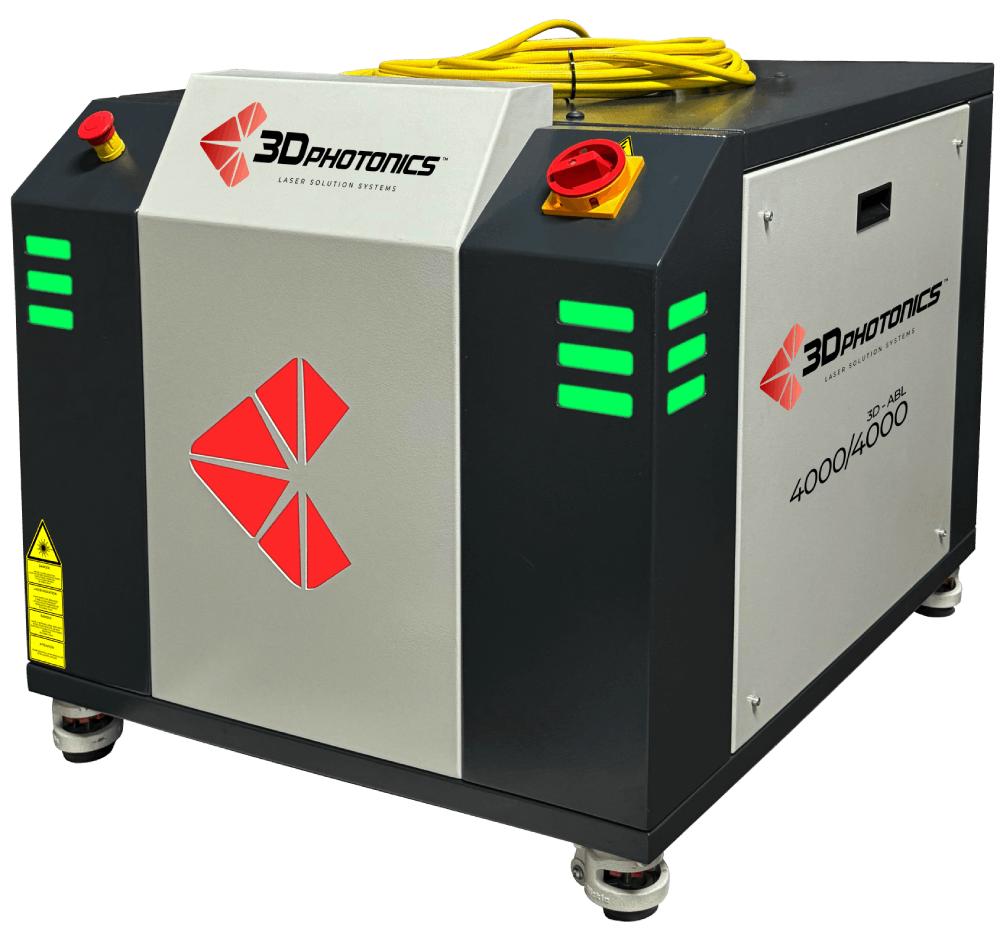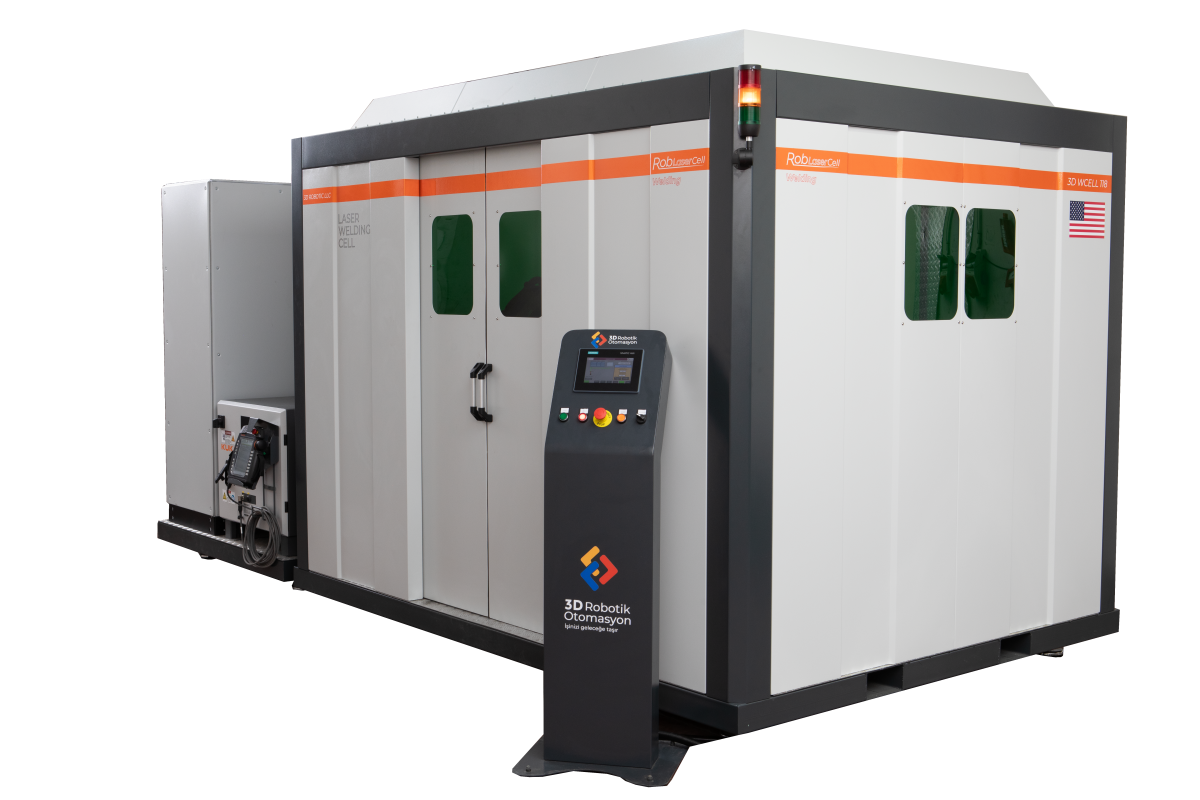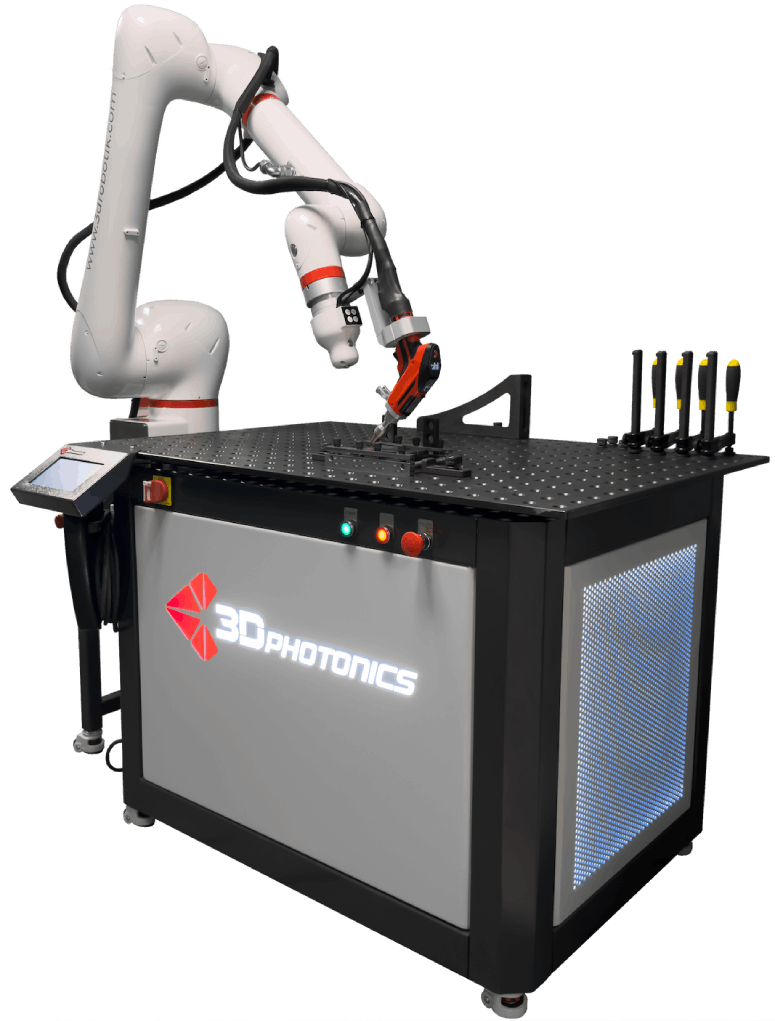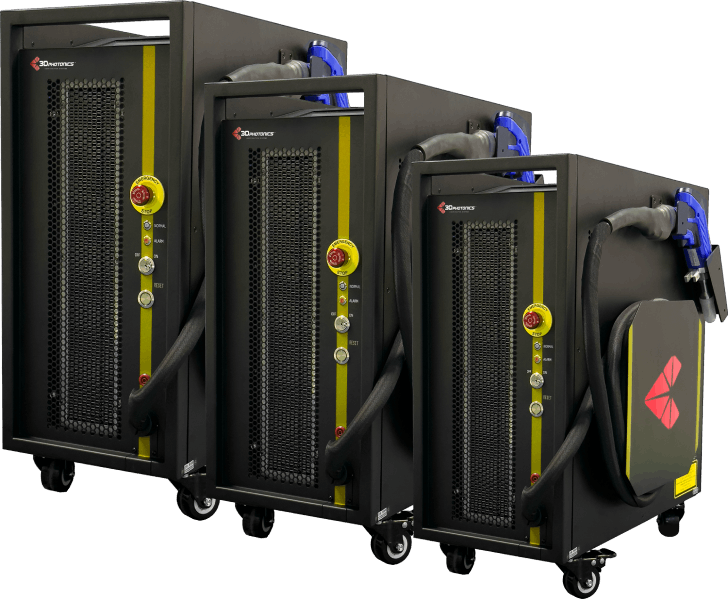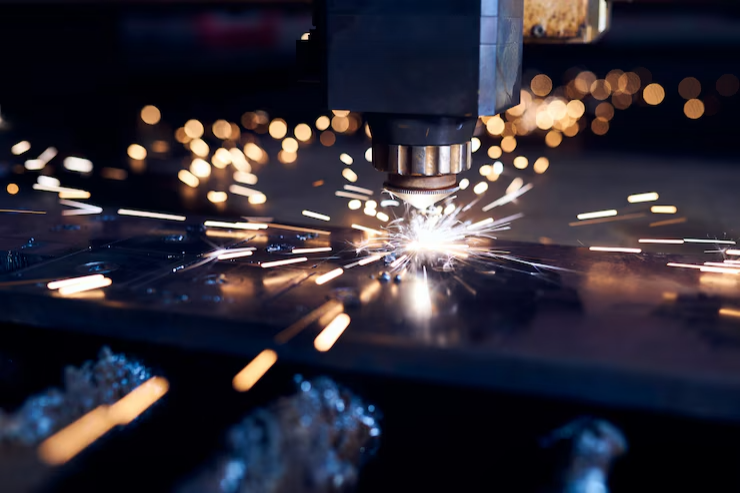
Laser welding offers speed, accuracy, and automation in industrial settings—but also creates health hazards in the form of toxic fumes and airborne particles. What risks do these emissions pose, and how can you mitigate them? In this article, we explore the occupational health aspects of industrial laser welding and how filtration systems play a crucial role.
What Are the Fumes and Particles in Laser Welding?
During laser welding machines operations, high-intensity heat causes material to melt, vaporize, or burn—producing gases and microscopic particulates that can harm workers if inhaled.
Common hazardous emissions include:
- Metal oxide fumes (e.g., iron, zinc, aluminum)
- Solvent residues from coatings
- Ozone and nitrogen oxides
Occupational Health Risks
Without proper filtration, the following issues may arise in laser welding environments:
| Risk | Effect |
|---|---|
| Respiratory illnesses | Asthma, bronchitis, chronic lung conditions |
| Impaired visibility | Higher chance of errors and accidents |
| Chemical exposure | Long-term toxic effects |
Filtration Solutions
Modern laser welding setups benefit from advanced fume extraction and filtration systems designed for worker protection.
Effective solutions include:
- HEPA filters: Capture particles as small as 0.3 microns
- Activated carbon filters: Absorb harmful gases
- Source-capture units: Integrated near the laser head
- Centralized ventilation systems: Ideal for large-scale facilities
Key Industries Affected
While filtration is crucial for all industrial laser welding setups, it is especially critical in sectors such as:
- Automotive manufacturing
- Electronics assembly
- Medical device production
- Precision part fabrication
Match Laser Efficiency with Safety
Productivity is important—but so is protecting your workforce. By investing in proper filtration systems, you can ensure clean air, healthier teams, and longer-lasting equipment. Don’t compromise—explore laser welding with full compliance and care.
Frequently Asked Questions
Are fumes from laser welding harmful?
Yes. They contain toxic particles and gases that can cause serious respiratory issues.
Are filtration systems built into all machines?
No. In many setups, they are optional add-ons and should be installed separately for safety.
Are HEPA filters alone enough?
They’re excellent for particles but should be paired with carbon filters for gas filtration.
How often should filters be maintained?
Filters usually require replacement or cleaning every 3–6 months depending on usage.
- Operator Training in Handheld Laser Welding: How It Impacts Efficiency
- Error Detection and Preventive Maintenance in Automated Laser Welding Lines
- Fume and Particle Filtration in Laser Welding: What to Know for Workplace Safety
- AI-Driven Manufacturing with Photonics: Possibilities and Applications
- Next-Generation Solutions in Industrial Laser Cooling Technologies
- Is Zero-Loss Possible with Energy-Efficient Laser Production Lines?
- Laser Marking or RFID? Advantages of Traceability Technologies
- How Do Automatic Wire Feeding Systems Work in Laser Welding?
- Deep Penetration and Thermal Balancing in Fiber Laser Welding Technology
- Fast Production Advantage with Handheld Laser Welding Machines
- 5 Technical Criteria Defining Quality in Laser Systems
- How to Improve Energy Efficiency with Laser Welding?
- Photonics and Automation: Your Guide to Smart Manufacturing
- Product Protection Against Counterfeiting with Laser Marking Systems
- Can Handheld Laser Welders Reach Tight Spaces?
- Choosing Industrial Laser Systems: Power, Efficiency, and Compatibility
- The Role of Cooling Systems in Laser Welding Technology
- Why is Photonics Important? A Rapidly Growing Industry in Turkey and the World
- Handheld Laser Welding: Why It's the Smart Choice for Mobile Applications
- What is Laser Marking? Permanent and Secure Tracking in Production
- Laser Welding Systems: The New Standard in Metal Joining
- Revolutionizing Manufacturing with Photonics Technology: Light that Shapes the Future
- Things to Consider When Using Handheld Laser Welding Machines
- How to Achieve High-Precision Manufacturing with Laser Systems?
- What is Handheld Laser Welding? How Portable Power Transforms Industry
- 3D Photonics Successfully Unveils ABL-SM Laser Series at AMC 2025!
- 3D Photonics Named Platinum Sponsor at AMC 2025 Conference
- Why Choose 3DPhotonics? Strong Technology Partnership for Your Projects
- From Education to Industry: Fields Covered by Photonic Technologies
- Is Sustainable Production Possible with Laser and Photonic Solutions?
- Is Micron-Level Processing Possible with Lasers? How It's Achieved
- Recent Developments in Fiber Laser Technology
- 5 Key Factors That Define Quality in Optical Systems
- What Is Laser Marking? Permanent and Reliable Traceability Solutions
- Using Spectrometers in Industrial Applications
- Laser Cutting vs CNC: A Comparative Guide
- Optical Solutions in 3D Manufacturing: The Power of Precision
- The Role of Laser in the Defense Industry: Next-Generation Security Technologies
- What Are Optical Filters Used For? The Impact of Right Selection on Production
- FABTECH Chicago, September 8-11, 2025
- 3D Photonics at FABTECH 2024: Showcasing Advanced Laser Technologies for Industrial Applications
- 3D Photonics Showcases Innovative Laser Solutions at EUROBLECH 2024
- What is Photonics?
- Robot Investments Summit | 20-23 December | Istanbul
- 16. Blechexpo | 7 - 10 November | Messe Stuttgart

